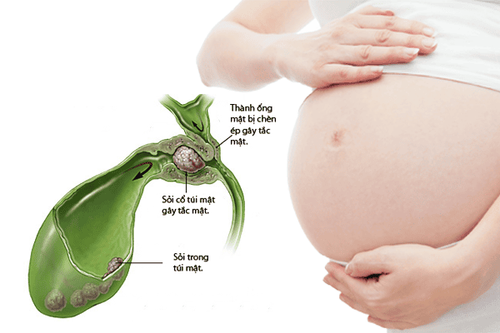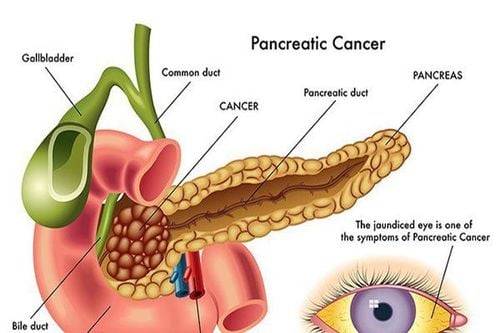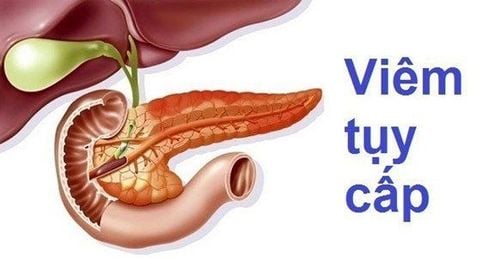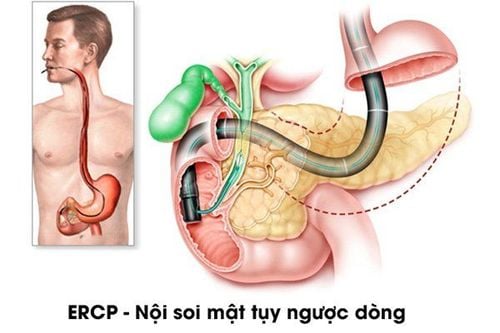This is an automatically translated article.
Pancreatic diseases include two fairly common diseases but little attention is chronic pancreatitis and pancreatic stones. The diagnosis through clinical symptoms is easy to confuse with some other diseases such as peptic ulcer or gallstone,... because there are no specific symptoms. Most patients with pancreatic stones come to the doctor for other problems and are accidentally discovered during laboratory tests and imaging. So, what are pancreatic stones and what are the treatments for pancreatic stones?
1. Complications of pancreatic stones if not treated
According to experts, patients with pancreatic stones can easily lead to chronic pancreatitis if not treated appropriately, the disease will get worse over time. Complications of pancreatic stones can last for the first 10 years, in which, the most common are abdominal pain, nutrient malabsorption and diabetes:
Abdominal pain: This is a common complication. At most, definitive treatment is relatively difficult. Patients with pancreatic stones must face severe abdominal pain, usually located in the upper half of the abdomen (epigastric pain). Abdominal pain due to pancreatic stones can spread to the back, increasing much after meals, especially meals containing a lot of fat. At that time, the patient needs to be prescribed pain relievers, and adjust the diet accordingly. Malabsorption of food: Diarrhea and weight loss are warning signs of this condition, because pancreatic stones affect the pancreas causing the pancreas to secrete insufficient amounts of enzymes needed to digest nutrients. leading to weight loss and malnutrition. Diabetes: This disease can be independent and can also be a complication of pancreatic stones because the stones damage the pancreatic cells that secrete the hormone insulin. Secondary diabetes is the most serious complication of pancreatic stones and chronic pancreatitis because these conditions are difficult to control and the course of the disease is often complicated by episodes of excessive hyperglycemia/hypoglycemia. In addition, patients with pancreatic stones also have symptoms caused by local stones such as:
Narrowing of the biliary tract. Dilation of the main and accessory pancreatic ducts. Compression on superior mesenteric vascular bundle. Duodenal compression causes duodenal obstruction or narrowing.
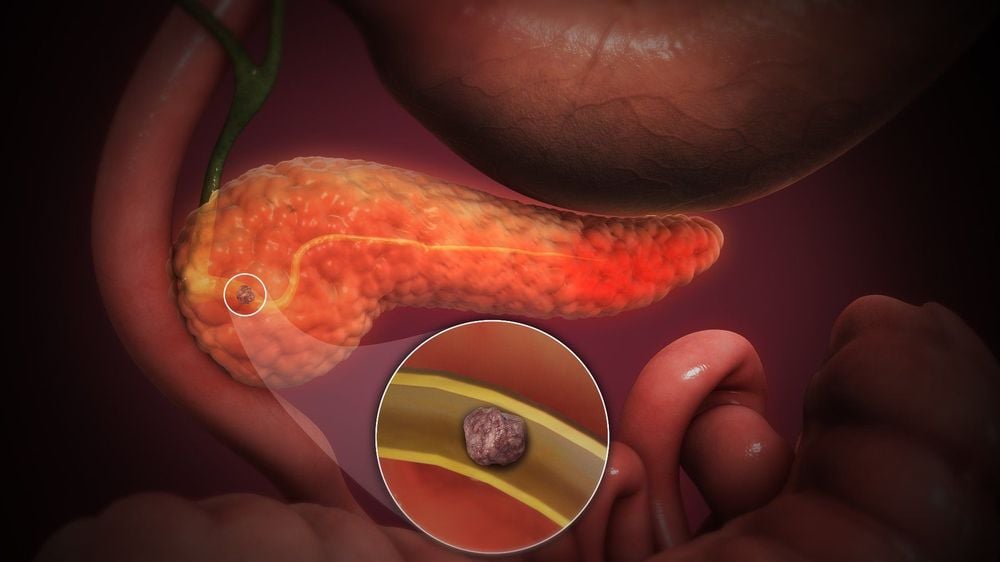
Bệnh nhân bị sỏi tụy dễ dẫn đến viêm tụy mạn tính nếu không được điều trị thích hợp.
2. Measures to treat pancreatic stones
Cases of pancreatic stones causing pancreatic juice obstruction, the patient should be indicated for surgical treatment. However, surgery to treat pancreatic stones still faces many difficulties and the effectiveness is not really high. Meanwhile, if only medical treatment, the possibility of recurrence is very high. Surgical treatment of pancreatic stones is a major type of surgery, classified as a special type of surgery, creating apprehension and consideration for both the physician and the patient with pancreatic stones.
Besides, a disease closely related to stones is chronic pancreatitis, which also needs to be treated together. Treatment options for chronic pancreatitis include both medical and surgical treatment. In particular, the use of drugs that play an important role such as suppression of pancreatic secretion by Octreotide or Somatostatin or endoscopic retrograde cholangiopancreatography (ERCP) is both for diagnosis and for treatment. During endoscopic surgery, the doctor can drain endoscopically, dilate and place stents to treat the narrowing of the main pancreatic duct, remove stones by sphincter removal (stones less than 3mm in size) or hydrolithic lithotripsy. force.
Surgery in chronic pancreatitis is considered when the patient has severe, persistent abdominal pain and does not respond to medical therapy. Surgical measures include drainage, connecting the pancreatic duct to the intestine or, more seriously, removing part or all of the pancreas by methods such as Puestow-Gillesby, Whipple surgery, Frey-Beger surgery, ...
3. What is Frey surgery for pancreatic stones?
Frey surgery in the treatment of pancreatic stones was described and first published by the author of the same name in 1987. This is a surgical method to remove the head of the pancreas, then, open it along the body of the tail of the pancreas and connect it directly. with the first loop of the small intestine (jejunum). Frey surgery is based on the opinion of extensive drainage of Partington and Rochelle since 1960.
Frey surgery is applied in the treatment of pancreatic stones with good analgesia, limited postoperative complications, and controllable management of concomitant chronic pancreatitis. From there, it is possible to solve or prevent complications related to neighboring organs caused by chronic pancreatitis, while the endocrine and exocrine pancreatic functions are preserved, so it is possible to improve and improve the quality of life. quality of life of patients.
Indications for the treatment of pancreatic stones by Frey's method include:
Patients with a lot of pain, poor response to medical treatment. The patient has symptoms due to local stone compression such as narrowing of the biliary tract, dilatation of the main or accessory pancreatic duct, compression of the superior mesenteric vessel bundle, duodenum compression causing duodenal obstruction or stenosis, etc. Frey surgery has the following advantages:
Release of compression in the head of the pancreas: This is the site where pancreatic stones are very high due to calcification in chronic pancreatitis. The body and tail of the pancreas are preserved, so the endocrine and exocrine functions of the pancreas are maintained. Removal of tissue tissue at the head of the pancreas, then, exposing and opening the Wirsung duct and Santorini duct (even if the pancreatic duct is hooked) should help reduce the pressure at the pancreatic junction effectively and minimize the patient's condition. postoperative pain; Frey surgery is relatively simple and time-saving. Frey surgery can also be performed effectively in cases where the pancreatic duct (or pancreatic cyst) has been operated on.
Reference articles: bvtamtridongthap.com.vn, tamanhhospital.vn
Please dial HOTLINE for more information or register for an appointment HERE. Download MyVinmec app to make appointments faster and to manage your bookings easily.




